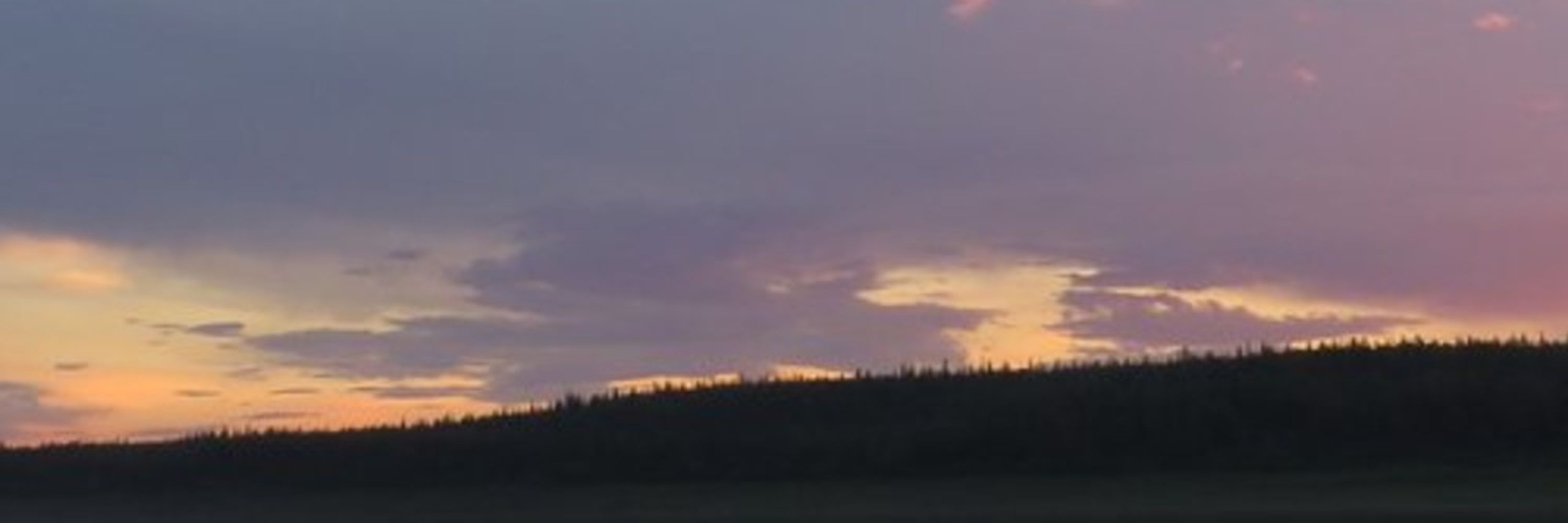
www.slm.uni-hamburg.de/inel/
inel.corpora.uni-hamburg.de/ket_dict/

inel.corpora.uni-hamburg.de/ket_dict/
audio sources. The earliest recording of spoken Kamas is a copy of Kai Donner's wax cylinder from 1914
(archived at the University of Tartu): murdearhiiv.ut.ee/en/records/S...
audio sources. The earliest recording of spoken Kamas is a copy of Kai Donner's wax cylinder from 1914
(archived at the University of Tartu): murdearhiiv.ut.ee/en/records/S...
tongue for 20 years. She only could speak Kamas to God and to her cow.
tongue for 20 years. She only could speak Kamas to God and to her cow.
Plotnikova - died in 1989. We published a corpus with Kamas data a while back -
www.slm.uni-hamburg.de/en/inel/proj...

Plotnikova - died in 1989. We published a corpus with Kamas data a while back -
www.slm.uni-hamburg.de/en/inel/proj...
about several INEL-languages. Some of them may already be familiar to you from our earlier posts,
some will be brand-new
about several INEL-languages. Some of them may already be familiar to you from our earlier posts,
some will be brand-new

